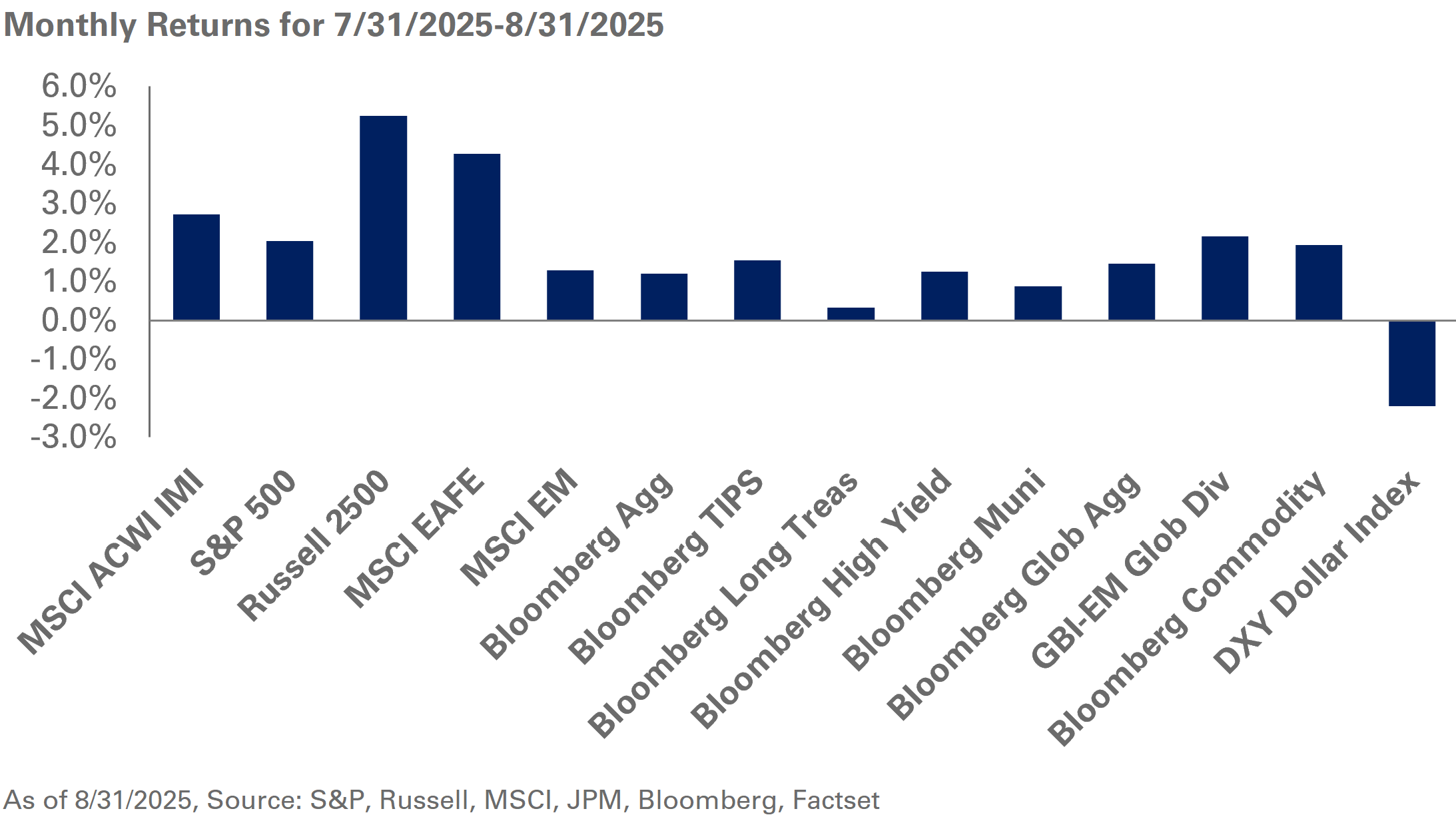Although capital market volatility remains elevated, the corporate defined benefit plan ecosystem is likely the healthiest it’s been in years.
A gamut of factors—higher discount rates, shrinking pension liabilities, a continued focus on liability hedging, a reduced reliance on public equities, and greater market capitalizations for plan sponsors—have diminished the volatility that was often associated with corporate pension plans. As a result, we believe plans are less likely to impact the balance sheets of corporate plan sponsors.
Our observations are based on a review of filings from nearly 250 plan sponsors. Each year publicly traded companies are required to disclose information on their defined benefit plans as part of their annual 10-K reports filed with the Securities and Exchange Commission. The key measures disclosed in these filings include plan assets, liabilities, funded status, expected return on asset assumptions, discount rates, and plan allocations.
NEPC’s analyses offer a comprehensive snapshot of the health, trends and themes within the universe of corporate defined benefit plans. These are our findings from the 2023 filings:
Higher Discount Rates Drive Funded Status
Last year marked the third consecutive year that the aggregate funded ratio for our corporate DB plan peer group finished near 100%. Following an initial rise in interest rates in 2021, the aggregate funded ratio for our peer group reached 97%, up from 89% at the end of 2020. The equity bear market in 2022 had a negligible impact on funded ratio for our peer group which ended the year at 99%. Once again, equities had a minimal impact on our peer group as funded ratio ended 2023 at 98%1. Not surprisingly, the primary driver of funded ratio outcomes over the last three calendar years has largely been tied to changes in discount rates.
Reduced Reliance on Public Equities
Traditionally, U.S. corporate defined benefit plans had a close relationship with public equities. Despite their volatility, public equities were often the investment of choice for America’s pension plans and a key driver of a plan’s funded status.
However, for the better part of the last decade, plans have been migrating to a more stable partner: fixed income. For instance, although public equities returned 20% last year, the aggregate funded ratio for our corporate DB plan peer group actually declined 1% year-over-year.
A similar pattern emerged in 2022, when global equity markets plunged 18% and funded status for our peer group increased 2% for the year. After years of debating the merits of liability-driven investing, the recent rise in interest rates has likely led sponsors to embrace liability hedging more fully (more details in #3). This change has resulted in more stable and predictable outcomes of funded status, underscoring the reduced role of public equities within U.S. corporate DB plans.
The De-Risking Trend Marches On
The de-risking trend continued in 2023 as plan sponsors capitalized on elevated funded status levels and a period of higher discount rates. Within our database of companies, the average allocation to fixed income was 55% at year end, up from 53% a year earlier, and 47% as of the end of 2018.
Notably, public equities have been on the wrong side of this trend with the average allocation declining to 24% as of year-end, down from 32% in 2018. The trend is likely to continue in the years ahead, particularly if funded ratio levels and discount rates remain elevated.
Plan Relevance is Fading
Shrinking liabilities, driven by rising discount rates, and higher market capitalizations of plan sponsors have led to many corporate DB plans playing a diminished role within plan sponsors’ balance sheets.
A popular metric for gauging the impact of a plan on a publicly traded company is to examine the PBO2 liability value as a percentage of the plan sponsor’s market capitalization. Amongst our set of peers, the median for this metric was 4.6%, as of the end of 2023. In comparison, the median for this metric was 8.2% as of the end of 2018. It’s not just the median in our database that is shrinking, but also the 25th and 75th percentiles which stood at 1.7% and 11.5%, respectively, at the end of last year. In 2018, these same percentiles were 3.7% and 19%, respectively, underscoring the declining size of DB plans across our entire peer group.
Higher Return Expectations are Here
After steadily declining for many years, expected return on asset (EROA) assumptions finally moved higher in 2023. The combination of sustained higher interest rates and a somewhat favorable outlook for public equites led to a 70-basis point increase in the average EROA assumption for companies in our peer group. This change almost fully reverses the 100-basis point decline in the average EROA assumption that took place from 2018 to 2022.
Of the plans in our database, 67% increased their EROA assumption last year, while only 11% lowered their EROA assumption (the remaining 21% of plans left their EROA assumption unchanged year-over-year).
At NEPC, with funded status remaining elevated for many plans, we recommend clients maintain or even increase interest rate hedge ratios to protect funded levels. Additionally, with the yield curve still inverted, we suggest sponsors focus on adding exposure at the intermediate part of the yield curve. A thorough review of the plan’s credit exposures relative to liabilities may also be appropriate.
We welcome the opportunity to discuss these topics in greater detail. We are also happy to provide you with a custom Corporate Pension Peer Report, which shows your plan’s metrics relative to sector peers and our broader peer database. To learn more, please contact your NEPC consultant
1 Asset and liability changes inclusive of market impact, benefit payments, risk transfer activity
2 Projected Benefit Obligation



